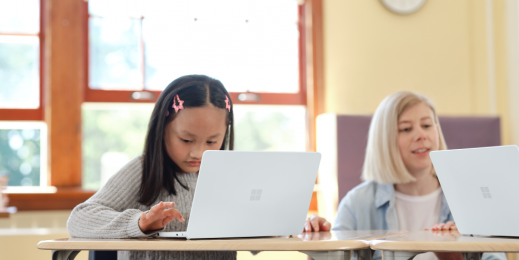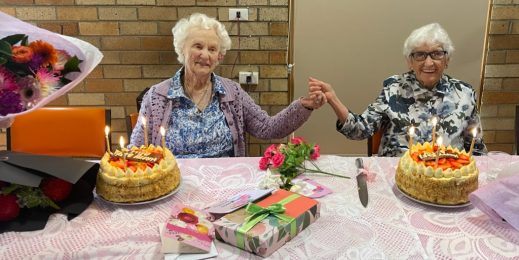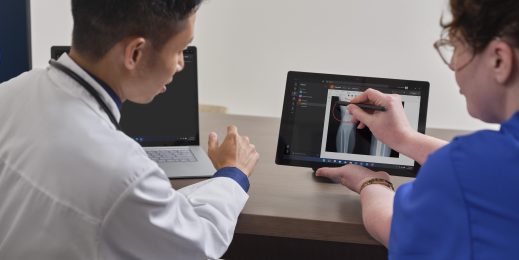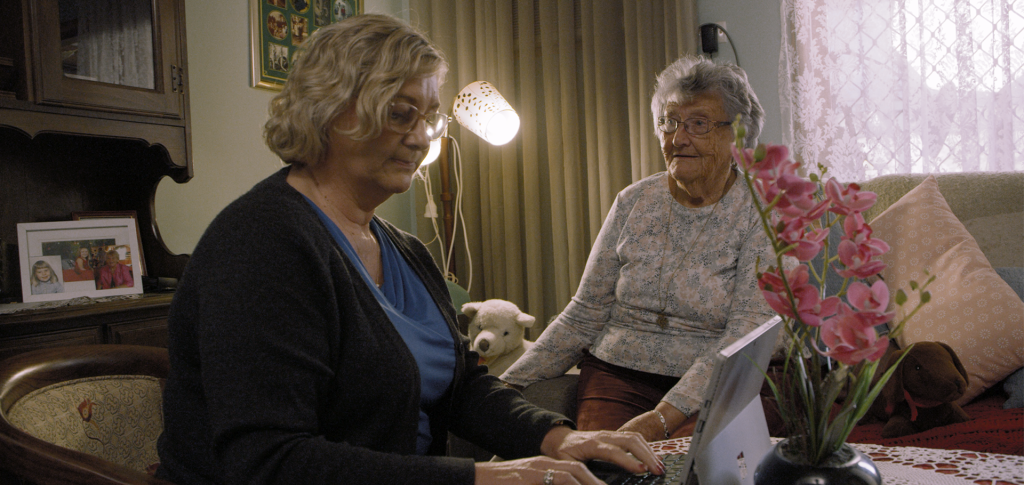
ECH improves clients’ lives and care with a tailored Microsoft ecosystem
The onset of COVID-19 presented ECH with the challenge of providing world-class healthcare and support to a vulnerable clientele. ECH quickly recognized they needed to redesign their approach to technology to help their clients – more than 6,000 older people in South Australia – live confidently and independently at home.
The foundation of ECH operations and service delivery is staff collaboration and real-time communication about client situations. Unfortunately, these capabilities became constrained by the pandemic: the system performance and reliability issues that ECH regularly experienced supporting their 720 staff in the community became more apparent and acute. While ECH internal staff had been using Microsoft 365 and Teams for several years, front line staff working in the community used a variety of platforms and devices.
“The pandemic is one of the most challenging times we’ve ever faced,” says Chris Dury, ECH Chief Information Officer. “We had to change work practices; get people to work from home in a hybrid manner. We’ve never done that before.” New, consistent systems needed to be prioritized to ensure in-home nurses could communicate with other ECH staff and allied healthcare professionals. This would be foundational to the effectiveness of their new hybrid work model.
Standardising communications and devices for enhanced care
ECH moved all staff to Microsoft Teams and deployed Surface Pro devices to remote workers. The lightweight and portable Surface devices were fully integrated with ECH systems to enable real-time communications and consultations on care plans for clients. Dury explains: “Microsoft Teams and Surface devices have greatly enhanced our nursing service. An example of this is a nurse’s home visit with a client: They’re able to dial in to other allied health professionals, or even our GPs, to consult on an integrated care plan.”
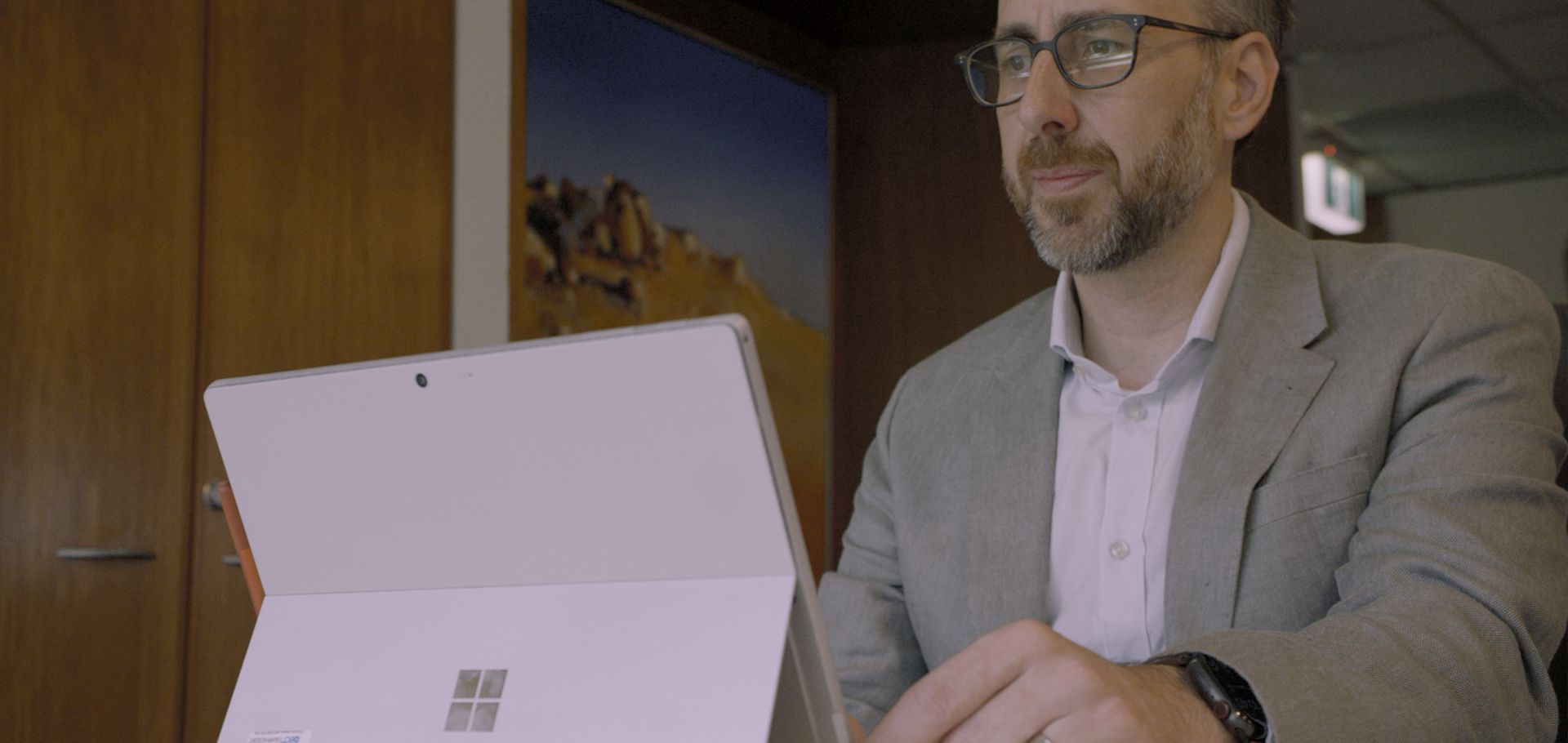
When medications require two nurses – one nurse to administer and one nurse to monitor accuracy – Teams video calls enable the quality-checking nurse to be offsite. In addition, ECH clients and their families or caregivers can now participate in their personal consultations, creating more engagement, empowerment, and independence.
Surface devices and Microsoft Teams are helping ECH provide care that is more efficient and more flexible, all while maintaining ECH quality and safety standards.
Without the technology, we wouldn’t be able to function. – Leona Markham, Clinical Nurse Consultant, ECH
Surface Hubs have been introduced into meeting rooms to support the hybrid work model. Staff can participate in team meetings while in the office or from any location. With expanded opportunities for real-time collaboration among the more-than 720 staff, ECH is transforming their service offering.
Benefitting from chip-to-cloud security
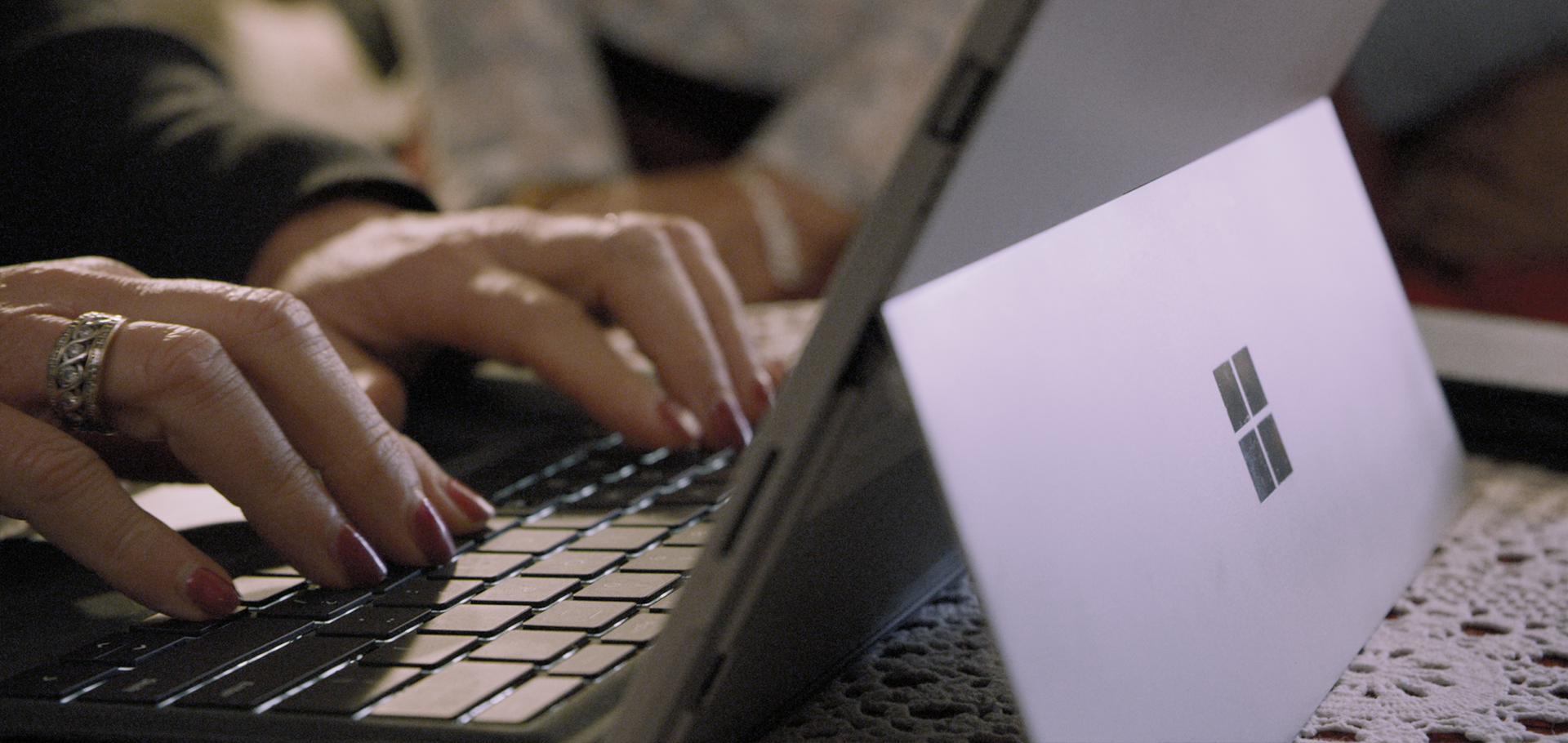
ECH clients depend on ECH to safeguard their personal information and health data. To meet this requirement, ECH has invested in Microsoft EMS solutions to ensure that all client data is secure. These solutions help proactively detect and remediate potential compliance issues. Dury states: “There is no room for error when you have to get to a client on time to prevent a potentially life changing event.”
ECH manages their Surface devices with Windows Autopilot to maintain the highest level of device security. Microsoft Intune is used to securely push out application updates.
ECH looks forward to continuing to harness the power of technology to provide innovative and comprehensive care to their clients – interweaving technology and health in a way that gets the best result for their clients and enabling the provision of even better, even more human-centric services.
The integration of technology is important for ECH because it allows us to enhance the care and services we provide, so we can maintain the personal connection that our clients really value. – Chris Dury, Chief Information Officer, ECH





